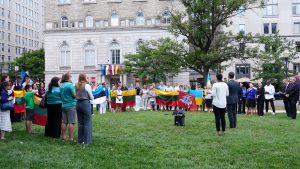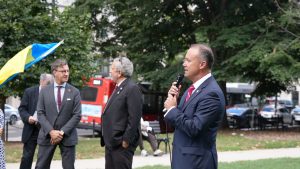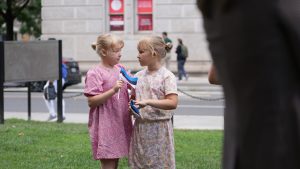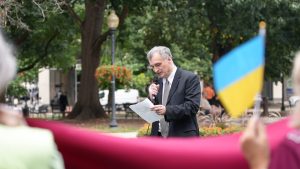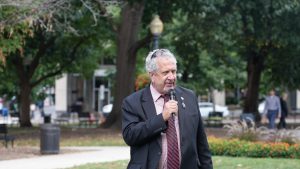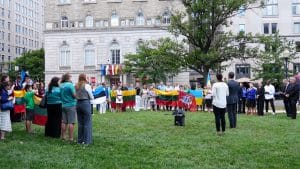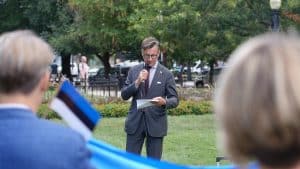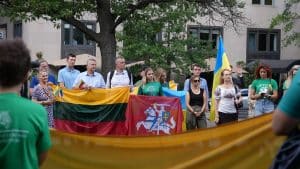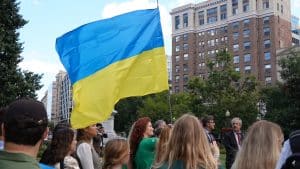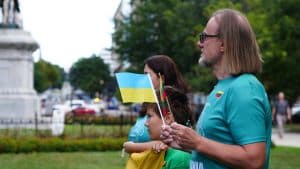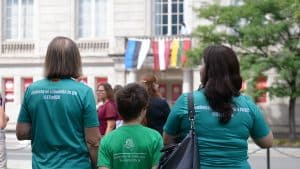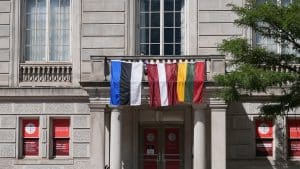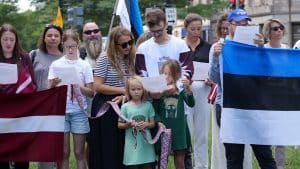On Friday, August 22, the Victims of Communism Memorial Foundation partnered with the Joint Baltic American National Committee (JBANC), the Embassies of Estonia, Latvia, and Lithuania, and the Polish American Congress to commemorate 36 years since the Baltic Way.
The event featured remarks from Lithuanian Ambassador H.E. Gediminas Varvuolis, Sabīne Janisela, Press & Public Diplomacy Counselor from the Latvian Embassy, Anna-Liisa Merilind, Counselor for Political Affairs from the Estonian Embassy, Karl Altau, Managing Director of JBANC, Tom Kolodziej from the Polish American Congress, and Dr. Eric Patterson, President and CEO of VOC.
The Victims of Communism Memorial Foundation was also honored to publish articles from each of the Baltic Ambassadors on this important commemoration. Read the view from Tallinn, Riga, and Vilnius to understand why, in 1989, almost 2 million people stood hand in hand against communist oppression.
